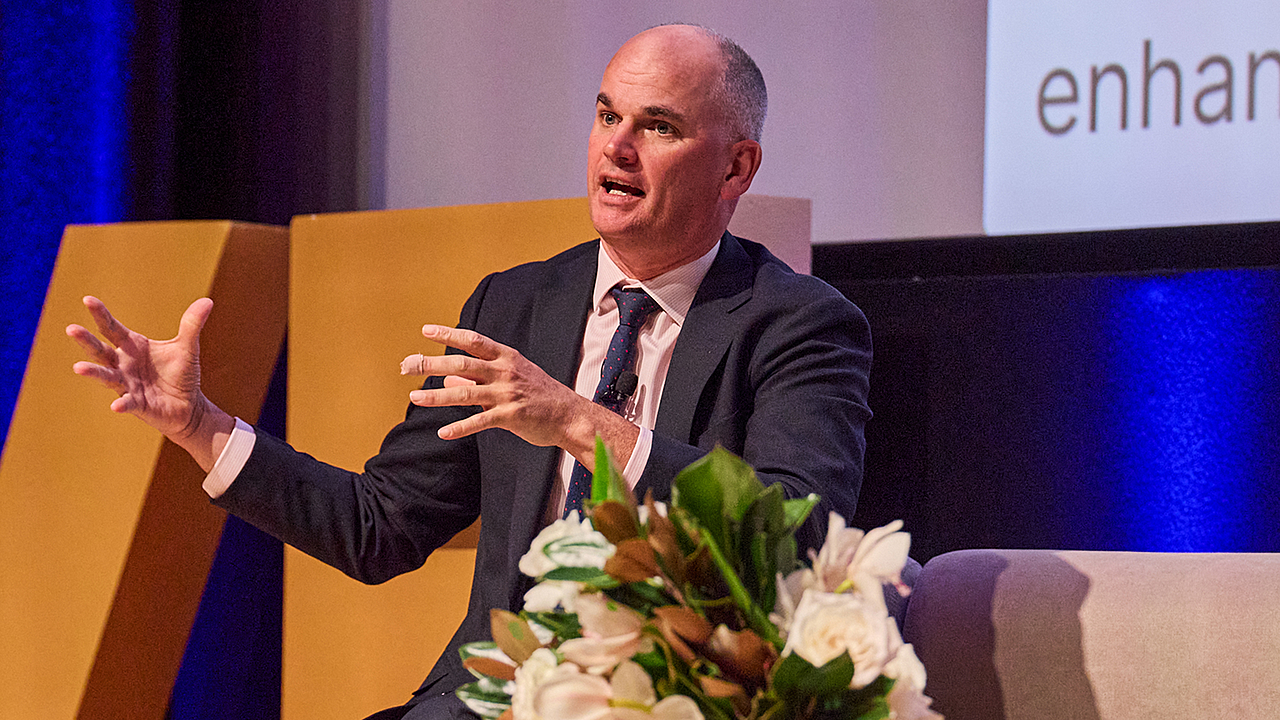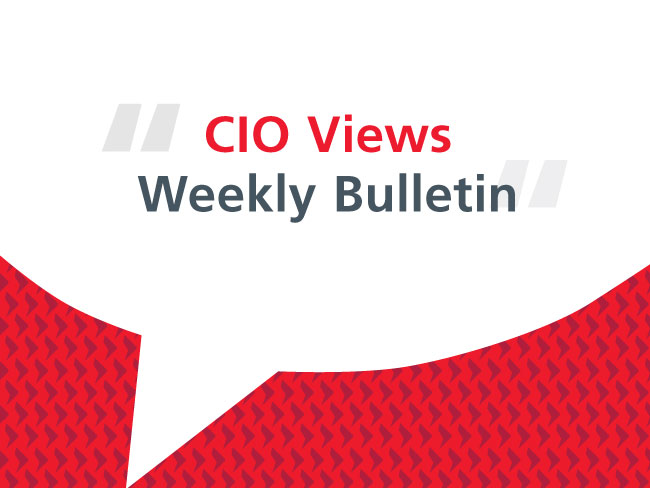In refreshing contrast to her predecessors and peers, new Reserve Bank of Australia (RBA) Governor, Michele Bullock, has an endearingly plain-spoken and direct approach.
That was on display last week.
In the first instance, there was a very strong signal from the minutes of the October RBA Board meeting that should the September quarter consumer price index (CPI) to be released tomorrow (Wednesday) show inflation to be tracking above the RBA August Statement on Monetary Policy (SoMP) forecast, then the RBA Board will choose to raise the policy rate at its 7 November Board meeting.
Those minutes revealed that the Board “has a low tolerance for a slower return of inflation to target than currently expected,” which given asymmetric upside risks to the current RBA forecast is suggestive of a strong potential for a November policy rate increase.
In case markets missed the message, Governor Bullock reinforced that message in her comments to the Australian Financial Security Authority (AFSA) Summit last Wednesday, when she noted that there were “a few things that are suggestive that it’s going to be difficult to get inflation down,” and expressed some anxiety regarding “pretty sticky” services inflation
Those comments are entirely appropriate for a central bank that still faces some challenges when it comes to inflation containment.
As Governor Bullock notes, the “stickiness” attached to services inflation (which in the main reflects wage growth) is not unique to Australia.
However, and while the Governor refrained from making this point, it is arguable that recent changes in the regulatory environment in Australia, particularly in relation to the wage-setting and the industrial relations framework, potentially exacerbate that problem because in large measure they weaken the link between productivity improvements and real and nominal wage growth.
The September quarter CPI (and perhaps the December quarter too) may reflect some consequence of the Fair Work Commission (FWC) wage review decision announced in early June, which likely intensified inflation pressures. Such wage increases are digestible in times of robust productivity growth. However, productivity growth in Australia is abjectly poor and even with relatively modest wage growth, unit labour cost growth (the most relevant labour cost gauge for inflation) is at over 7 percent per annum.
As the Governor noted in her Statement following the RBA October Board meeting, “wages growth … is still consistent with the inflation target, provided that productivity growth picks up”. (My emphasis). That increasingly looks like a big “if”.
She also noted that the “recent data are consistent with inflation returning to the 2–3 percent target range over the forecast period.” (My emphasis)
However, judging from her interventions this week, the Governor may now feel that the backward focus on recent data does nothing to assuage nascent anxieties that inflation in Australia will be revealed as “sticky” enough to force the RBA’s hand in November.
The recent September NAB Monthly Business Survey revealed some acceleration in wages and prices in the quarter, although to be fair that acceleration appeared to wane as the quarter progressed. The latter observation notwithstanding, the survey remains consistent with ongoing elevated (“sticky”) inflation.
Were those trends to presage a similar reacceleration of wage and price pressures in the more lagged official Australian Bureau of Statistics (ABS), particularly next week’s September quarter CPI released on 25 October, then a policy rate increase will be on the agenda for the next meeting on 7 November.
NAB economists issued a forecast quarter-on-quarter increase for the September quarter trimmed-mean CPI of 1.1 percent (circa 5 percent plus annual), above the RBA’s 0.9 percent. In my view, on the basis of the price and wage numbers in the NAB Monthly Business Survey, there may even be upside risk to the NAB economists’ forecast.
In that context, RBA forecasts released with the August Statement on Monetary Policy (SoMP) may not adequately reflect the upside risks to inflation.
An annual September quarter trimmed mean inflation outcome of 5 percent or above will inexorably put pressure on the RBA Board for a November policy rate hike.
Governor Bullock’s recent interventions suggest that the RBA is exercising its hawk’s talons.
Stephen Miller is an Investment Strategist with GSFM. The views expressed are his own and do not consider the circumstances of any investor.






